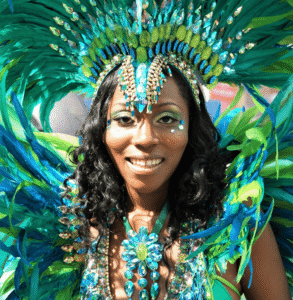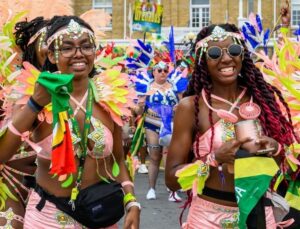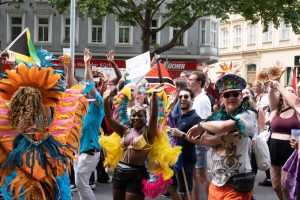
Get Ready for Miami Carnival 2025!
Sunshine, soca, and sweet bacchanal — it’s time to plan for one of the biggest Caribbean carnivals outside the islands!
If you haven’t been to Miami Carnival, just know: this is not a drill.
The Malta Carnival will occur from February 13, 2026, to February 18, 2026.
The Malta Carnival is celebrated in various locations across the islands, with Valletta often being a central hub for the festivities.
The Malta Carnival has a rich history dating back several centuries. Malta’s Carnival reached its peak popularity in the 1530s during the Knights of Jerusalem era. Grandmaster Pierino Del Ponte’s reign saw the grandeur of ‘The Carnival Mad Days,’ with nobles in extravagant attire attending masked balls and feasts while common folk took to the streets in makeshift costumes. It has evolved over time, incorporating various influences from different cultures and traditions and allowing people to indulge in festivities, costumes, and merriment. Today, Carnival in Malta remains a cherished celebration of unity, entertainment, and creativity, representing a significant part of the island’s heritage. The festivities have expanded, with summer editions in both Malta and Gozo, culminating in a grandiose event loved by all, as expressed in the Maltese saying: “Viva Viva l-Karnival!”

The Malta Carnival is a lively and colorful celebration that takes place annually on the islands of Malta. Rooted in a rich historical tradition, the carnival serves as a pre-Lenten festivity, providing a period of merriment and revelry before the start of the Lenten season.
Here is what you can expect at the Malta Carnival:
Participants in the Malta Carnival don vibrant and imaginative costumes, often adorned with intricate details and bright colors. Masks play a significant role, adding an element of mystery and theatricality to the festivities.
Central to the carnival are lively parades featuring floats, marching bands, and enthusiastic participants. The parades wind through the streets of towns and cities, captivating onlookers with music, dance, and creative displays.
The carnival often showcases traditional characters and themes, incorporating elements of local folklore and mythology. These characters contribute to the unique identity of the Malta Carnival and add a touch of cultural richness to the celebrations.
The Malta Carnival is a community-driven event, with schools, local organizations, and individuals actively engaging in the preparations and celebrations. This collective involvement reflects the unity and shared spirit of the Maltese people.
The streets come alive with spontaneous celebrations, where both locals and visitors actively participate. Music, dance, and a general atmosphere of joy contribute to the festive ambiance that characterizes the Malta Carnival.
A distinctive feature of the Malta Carnival is the Kukkanja ritual. During this ceremony, a large effigy representing King Carnival is paraded through the streets and later set ablaze. This symbolic act marks the conclusion of the carnival season and the beginning of Lent.

Sunshine, soca, and sweet bacchanal — it’s time to plan for one of the biggest Caribbean carnivals outside the islands!
If you haven’t been to Miami Carnival, just know: this is not a drill.

So you finally catch the Carnival fever — the feathers, the fetes, the freedom! But then reality check: when you tally up flights, costume, lodging, and parties, that Carnival trip starts looking like a second rent payment (or worse).

When you hear “Carnival,” your mind might jump to sweet Trinidad but hear us out — the Vienna Carnival is bringing that same Caribbean heat right into Austria’s capital, and trust, it’s a whole new level of cultural mash-up!
